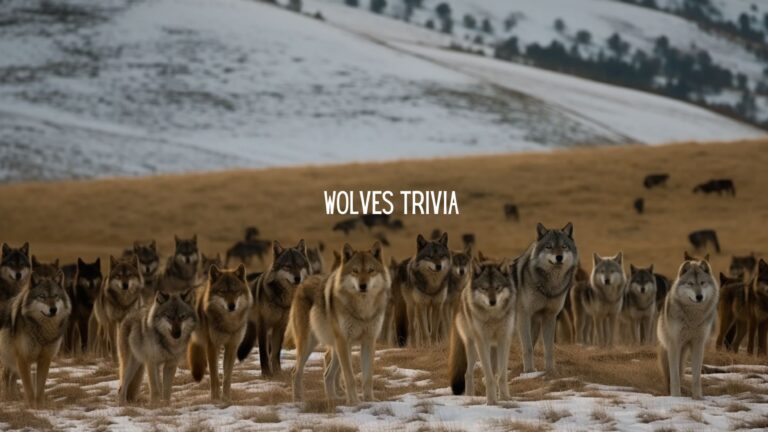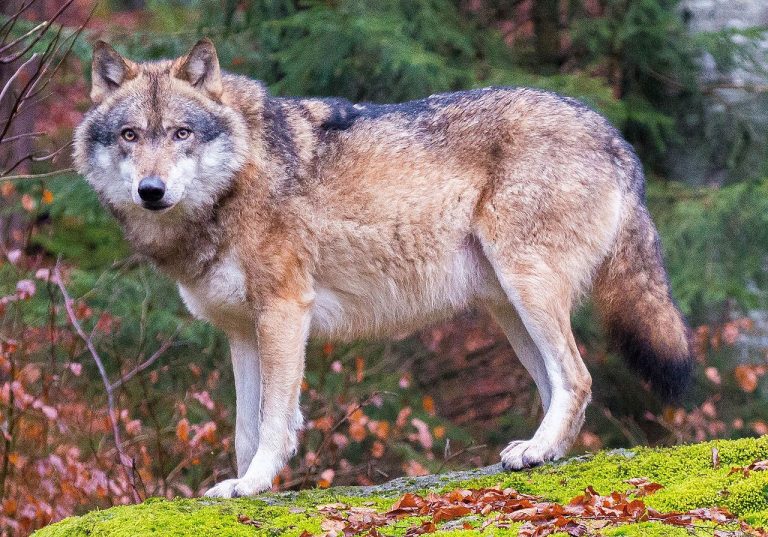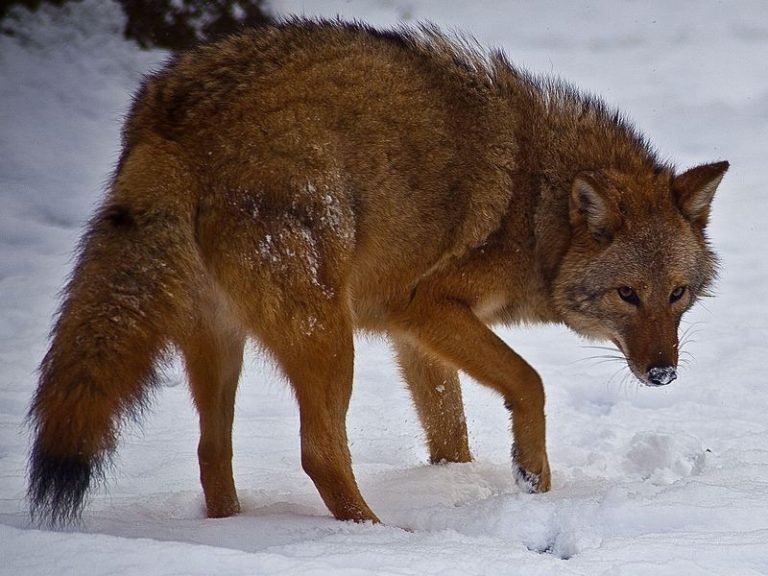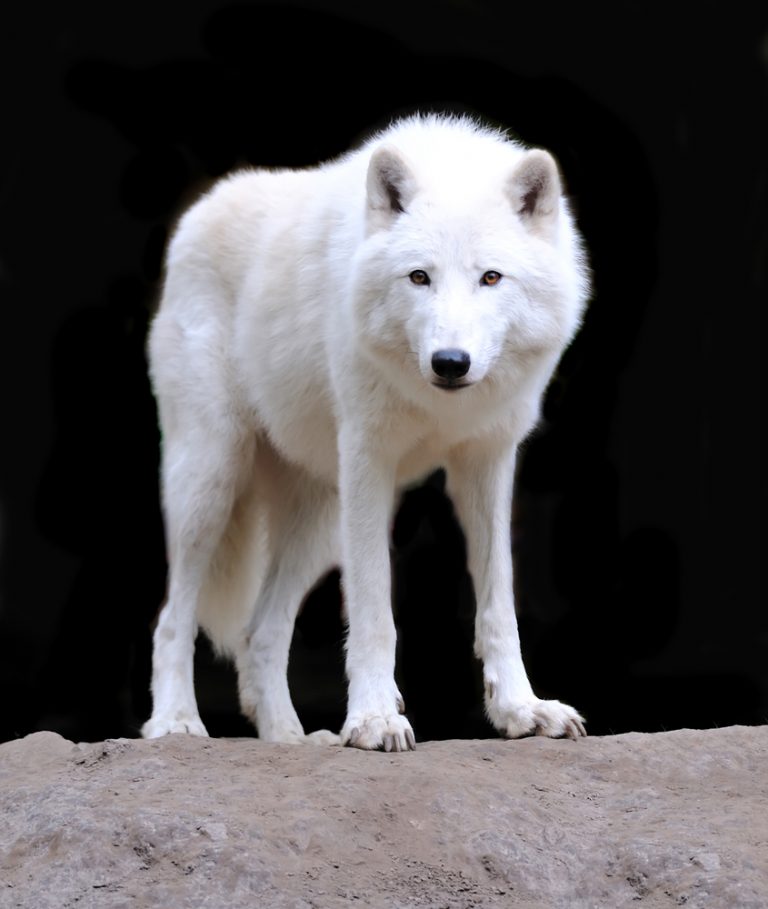Who’s Afraid Of The German Wolves?
Many people are scared at their return, but are German Wolves actually a threat to human life?
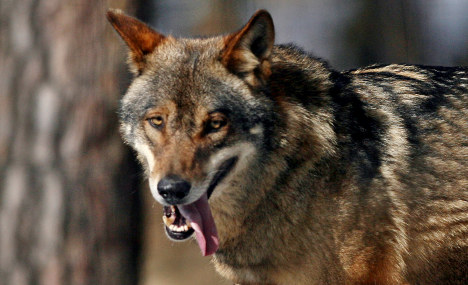
Wolves suffered a lot of persecution in ancient Europe largely due to superstitions and harmful folklore. As these animals gradually reestablish themselves across modern Europe, some of these superstitions are rearing their heads again.
Basically giving the wolf a bad name so as to have an excuse to “hang” it. German wolves are a part of this dynamic and as they slowly return to the country, reactions are mixed. As expected, while some people welcome them, others would rather get rid of every last one of them as quickly as possible.
What Happened To The Original German Wolves?
German wolves were hunted to extinction in Germany by the mid-1900s. They gradually returned after the fall of the Berlin Wall. But before the wall came down, any wolves unlucky to cross into Germany through the Polish border were simply killed by hunters.
Fortunately, modern-day Germany is more welcoming to our wild canine friends. Wolf hunting and bounty is no longer permitted. In fact, Germany can now boast of about 35 wolf packs made up of approximately 150 animals.
What’s attracting the wolves to return? Well, there are huge grain fields around parts of the country to produce ethanol fuel. The fields attract large numbers of deer and wild boar which in turn draws the wolves.
Wolves are gradually returning to the French Alps and surrounding areas after more than a century away.
Why The Resistance To The Wolves?
Unfortunately, deep-seated hatred and bias against wolves means they are getting the blame for a wide variety of incidents no matter how odd some of them sound.
Within just a few years that German wolves have returned, locals are already blaming for a number of misdemeanors. For instance:
- Locals claim wolves are destroying the farmers’ and herders’ livelihoods.
- The German hunters’ association in Saxony claims the wolves attack joggers, kill babies, and make the woods unsafe.
- Incidents of slaughtered sheep.
- Boars coming together in huge herds to protect themselves and in the process trampling crops.
- Livestock behind electric fences becoming sterile because of fear.
- House pets being snatched from gardens.
- Also, the wolves are now causing car crashes.
Regarding the car crash accusation against German wolves, a couple of years back, two cars and a truck crashed into a herd of twelve panicked horses that had bolted out into a road just outside the city of Dresden.
The crash resulted in the death of 9 horses and two people needed medical attention for serious injuries. Reports on the incident say that it was dark and the horses were being rounded up after escaping from their field when “something” spooked them.
However, the local hunters’ association wasted no time in insisting that ‘something’ was a wolf pack.
Eventually, the blame stuck with the wolves though there were no wolf prints in the vicinity and no witnesses saw any of the animals around.
How Can People Coexist With These Wolves?
At present, German wolves are numbering about 150. Out of that number, about 20 live in Saxony. But it appears many of residents are not willing to give the wolves a chance as the horror stories surrounding these predators pour in.
For one thing, those against the wolves’ return insist that Germany as a whole is too densely populated to safely support large, wild carnivores.
But is that the complete truth?
Granted wolf attacks were once common in parts of Europe. Historically, Eurasian wolves display more aggressiveness to humans than their kind on the North American continent.
For instance, Russian wolves and the wolves in the countries surrounding Russia to the east and the south are notorious for human fatalities. Wolf attacks were also common in France.
But there may be a logical explanation for that. The majority of those wolves are hungry and starved of natural prey. In several cases where wolves sadly killed children, it was a situation of little children being left unsupervised or left to work as shepherds in very remote areas.
Effective Suggestions For Managing German Wolves
Just going out and shooting the wolves is not the best way to handle the “problem” and could even lead to more issues in the long-term.
There are several non-lethal wolf management strategies that have worked in other parts of the world. They could work in Germany too; what residents need is some patience and the willingness to admit that there could be some little losses to livestock at the initial stages.
Experts are also lending their voices to the issue.
For example, Dr. Valerius Geist Professor Emeritus of Environmental Science at the University of Alberta Canada says that wolves usually become dangerous to people if they get away with challenging human dominance.
Remember that wolves are pack animals that respect authority and rank. He says that when wolves approach to scavenge for food around human settlements, “Don’t kill them, just act in a fearless, confident way.”
As a mater of fact, it’s been proven time and again that killing wolves, especially the alpha, disrupts the pack dynamics. The usual result is a wolf pack that splits up into smaller units of less experienced wolves.
And in parts of the world, like the USA, wolves are already living in urban, densely populated areas without too much incidents and zero human fatalities.
Wolves are very flexible animals and adaptive predators. They can coexist with humans. German wolves should be no exception.

